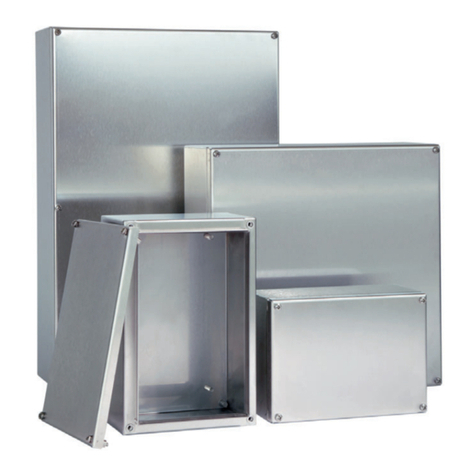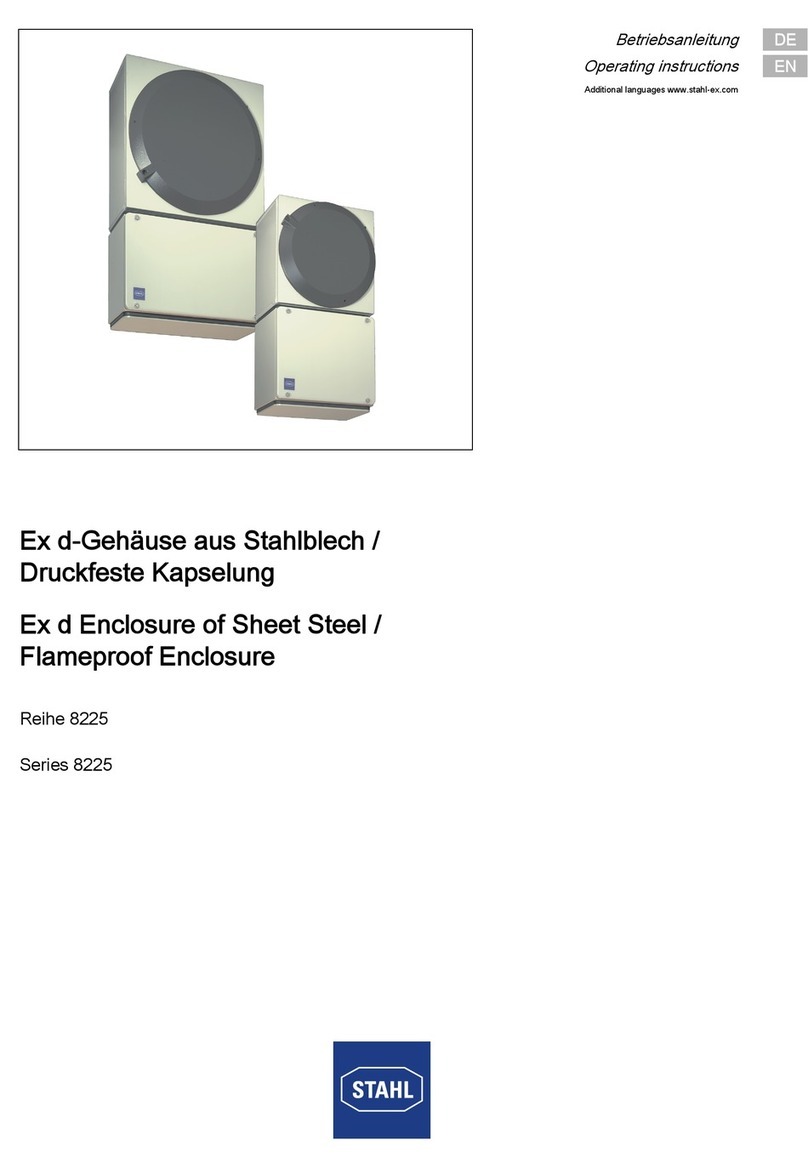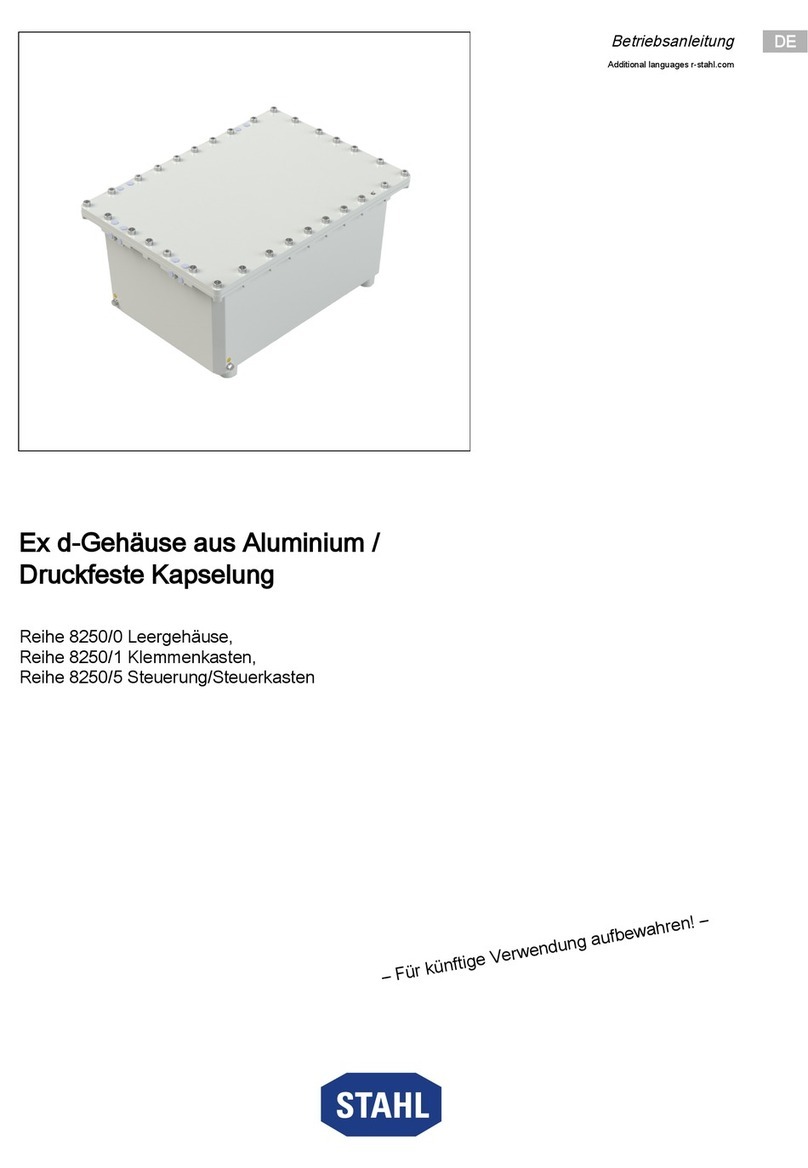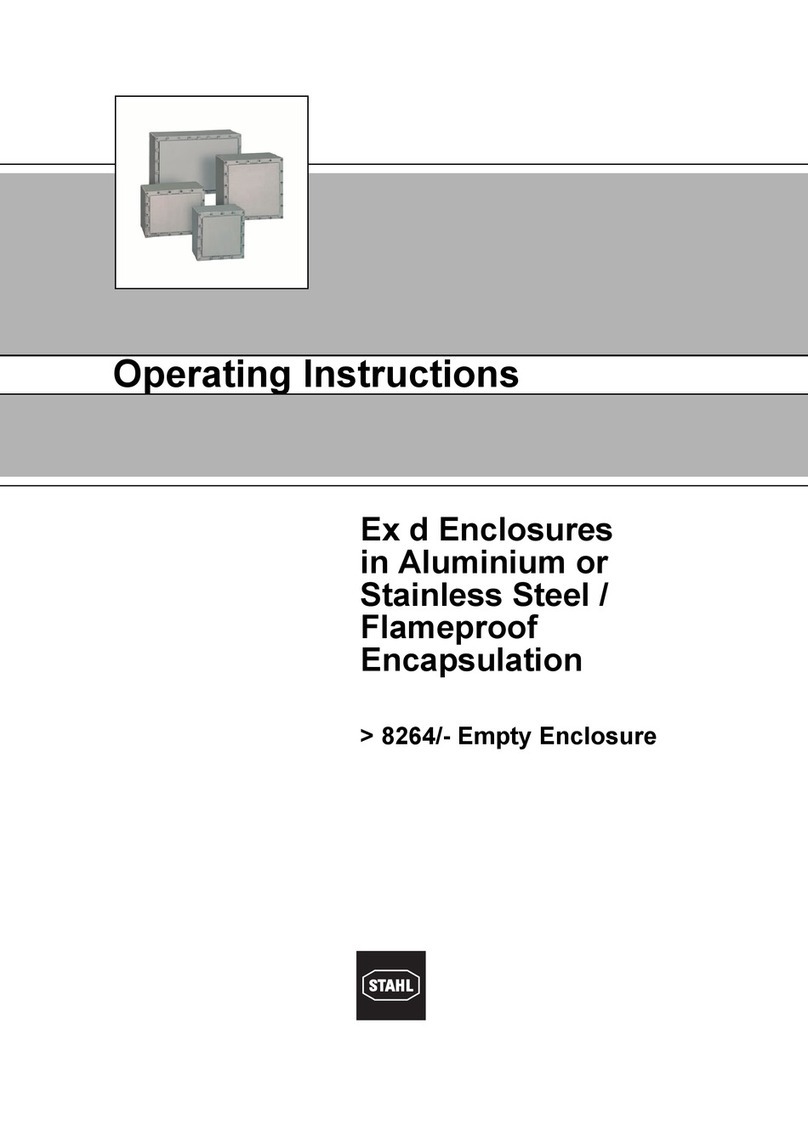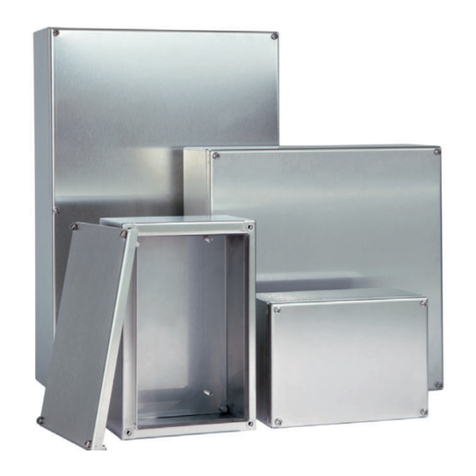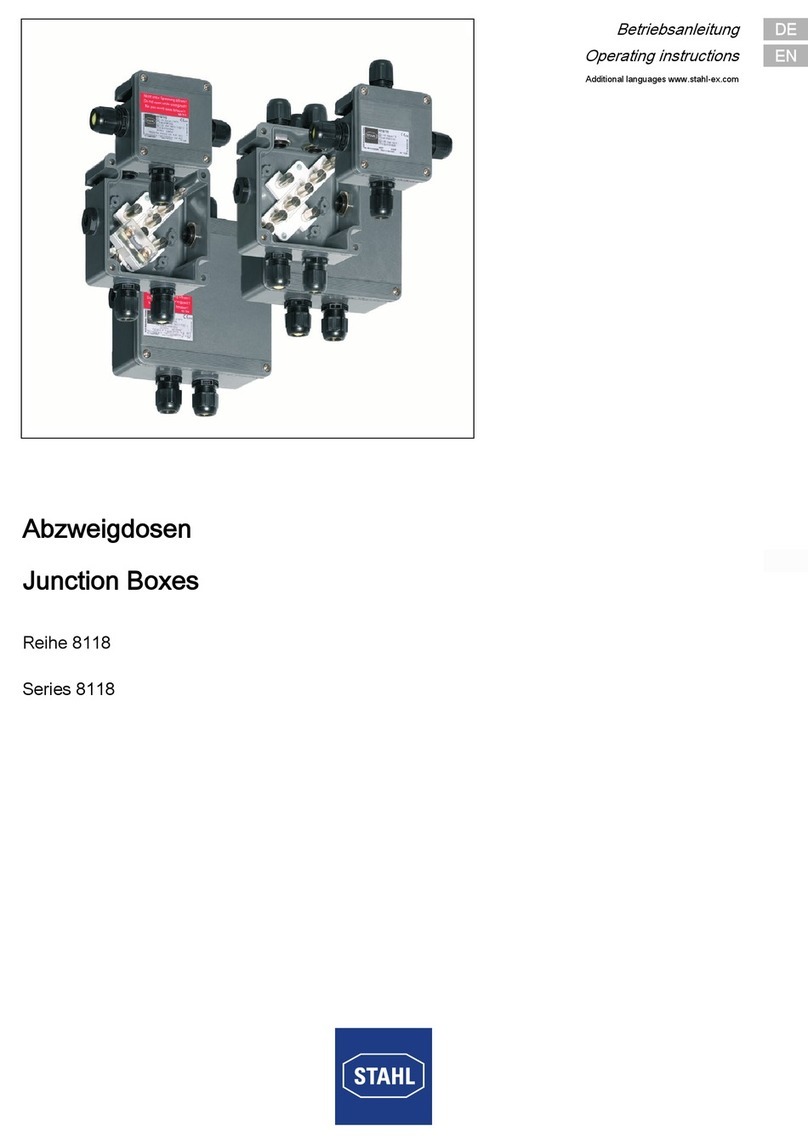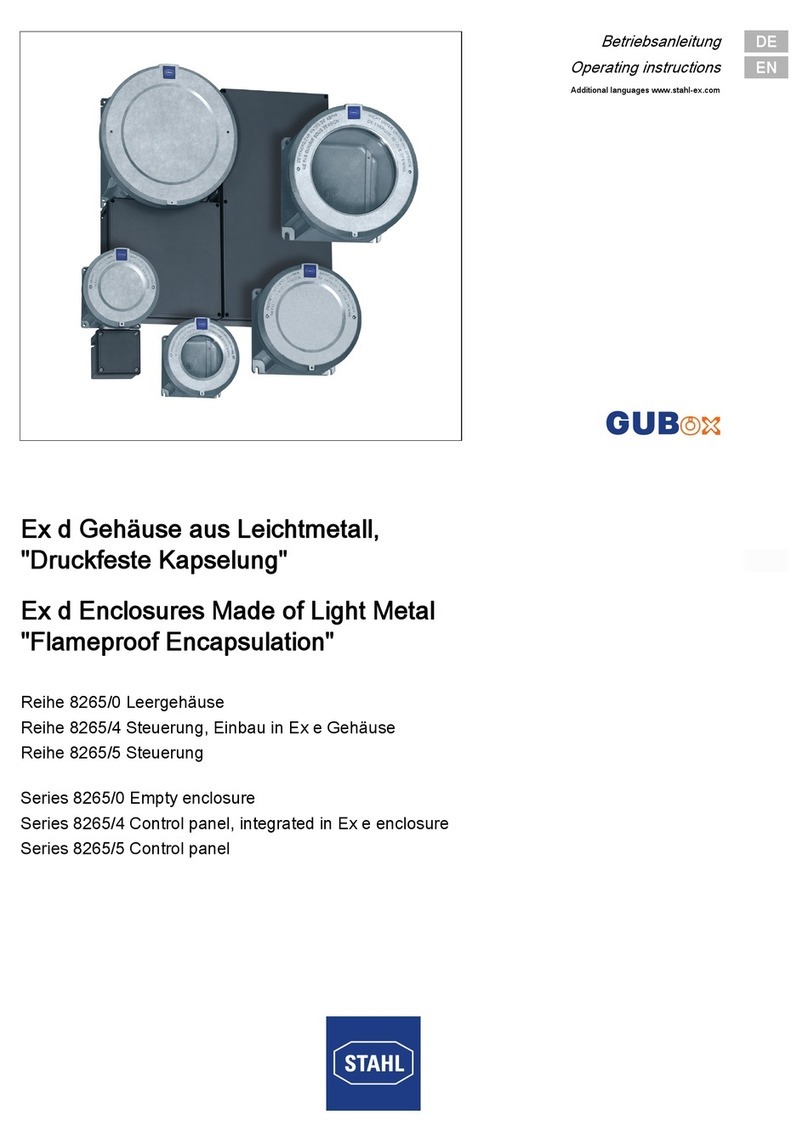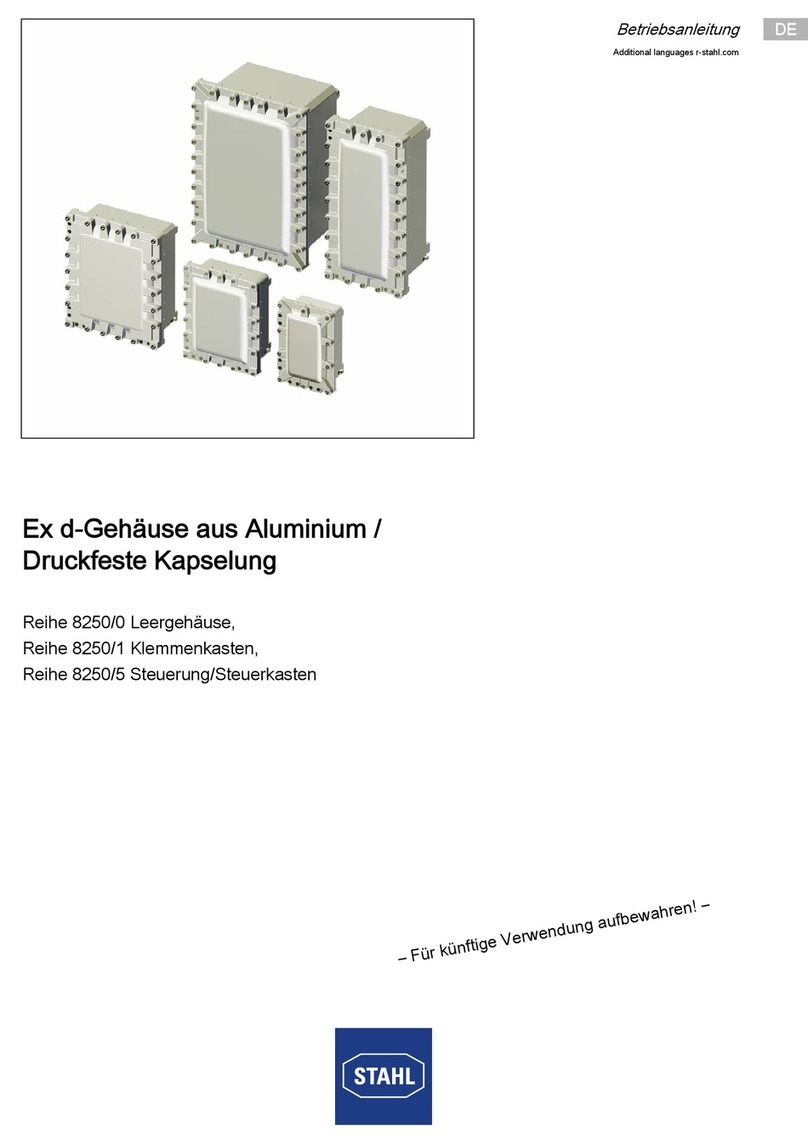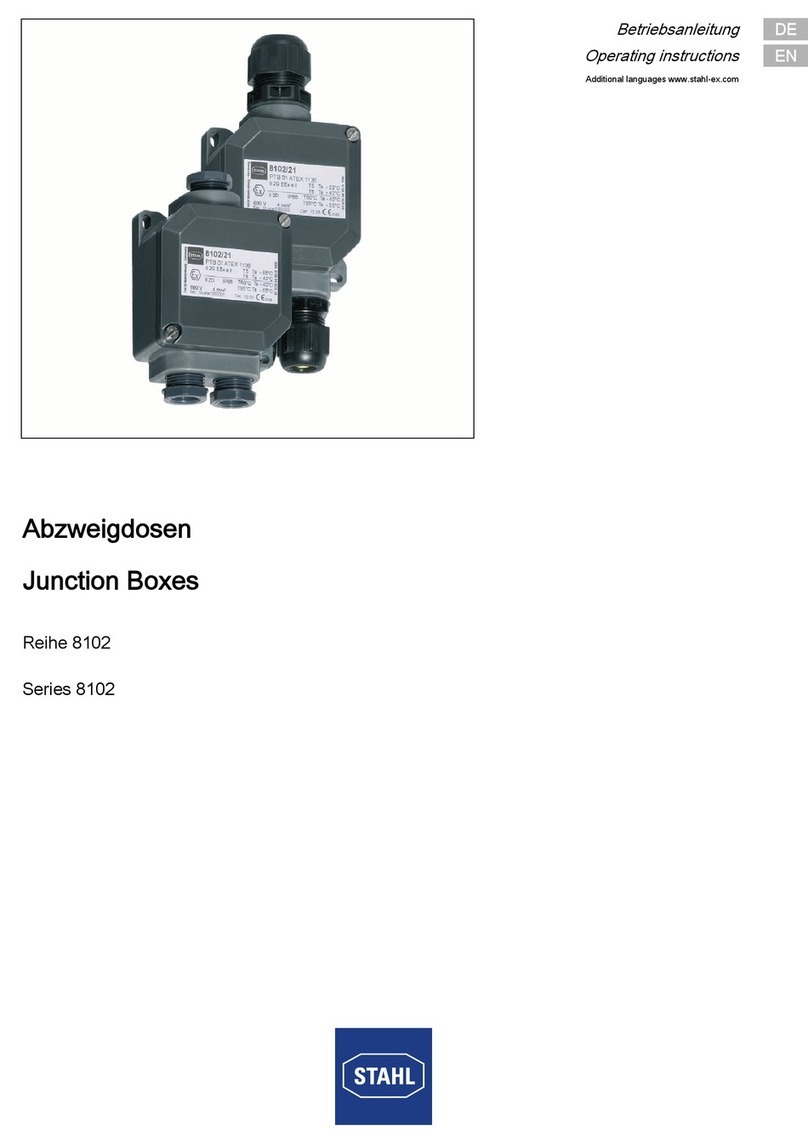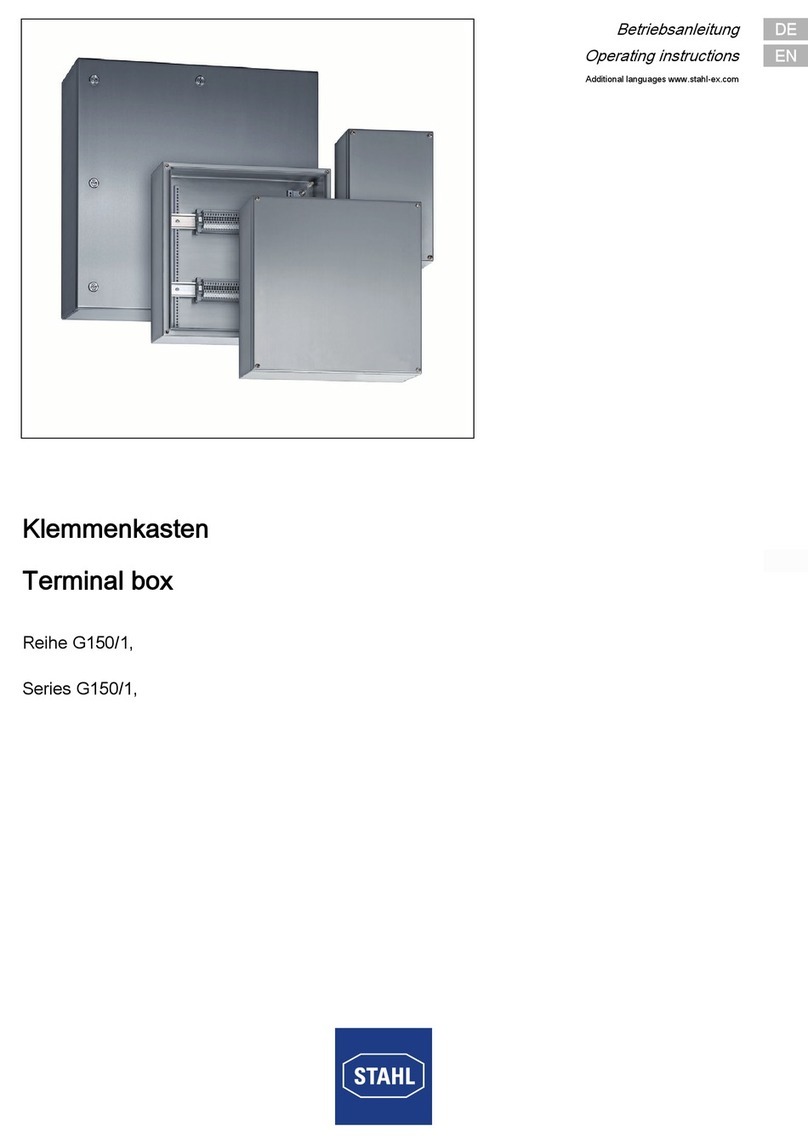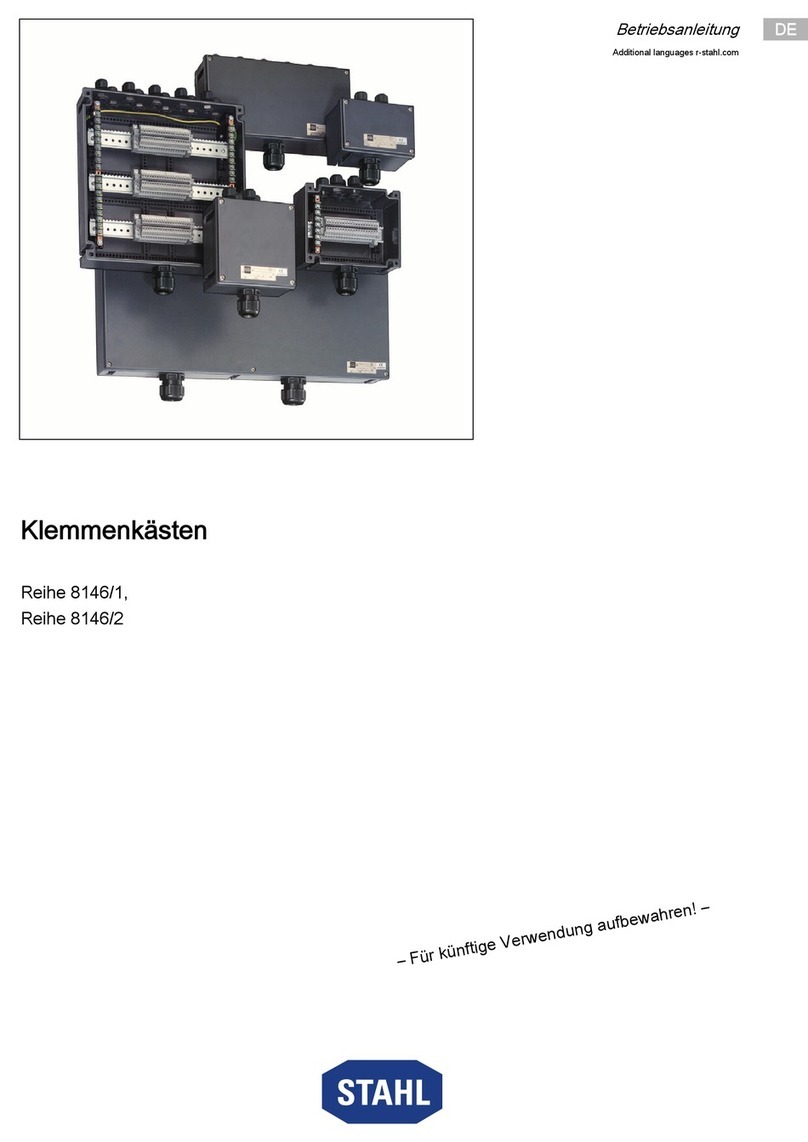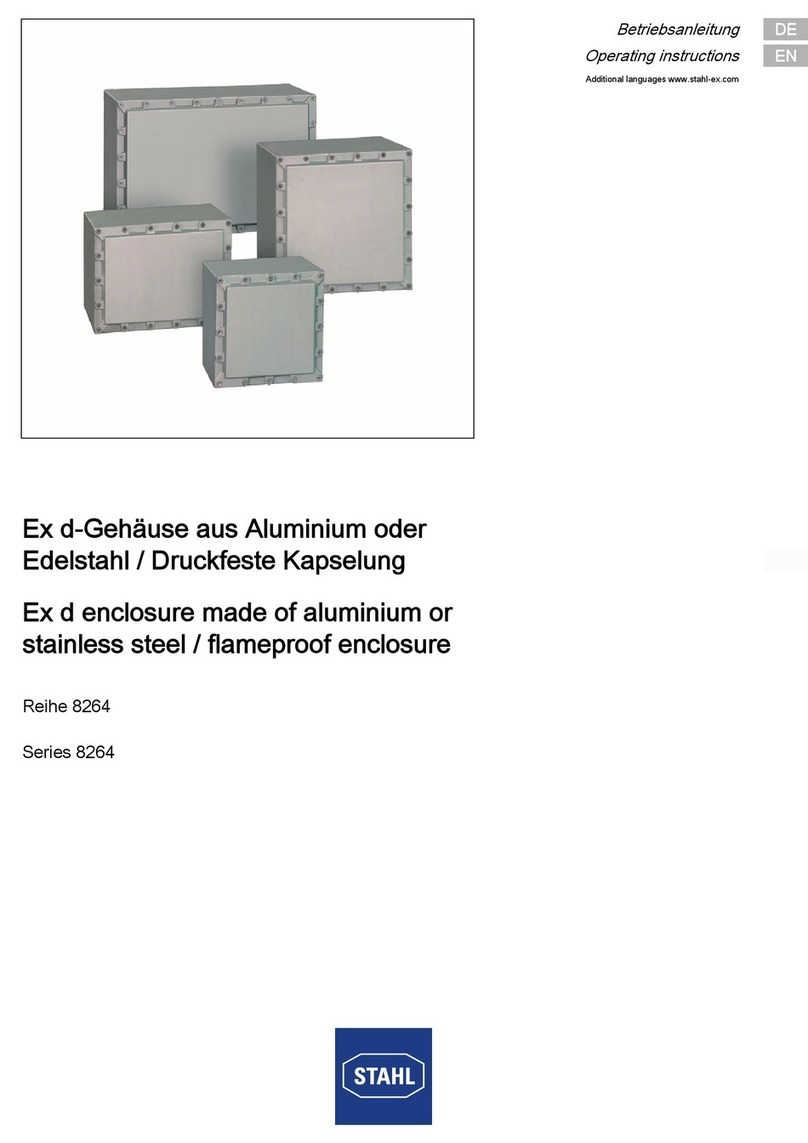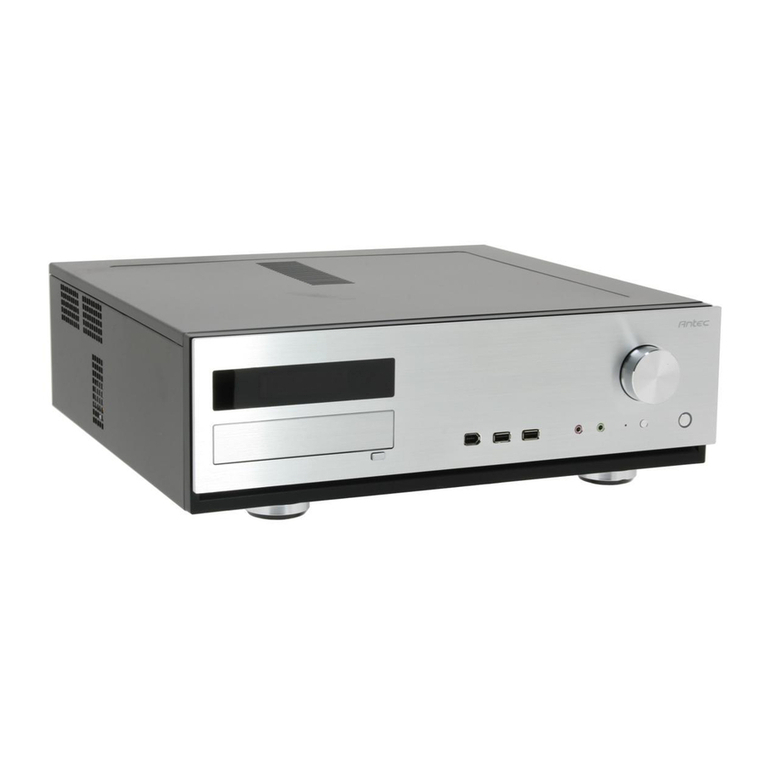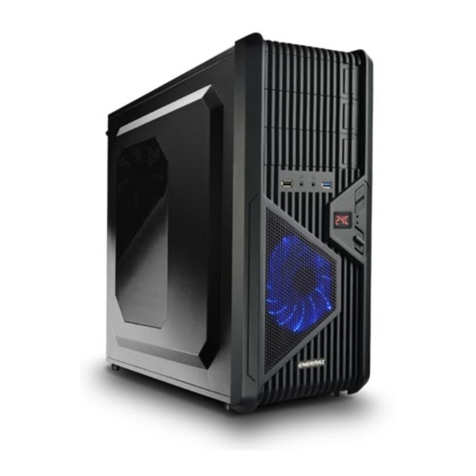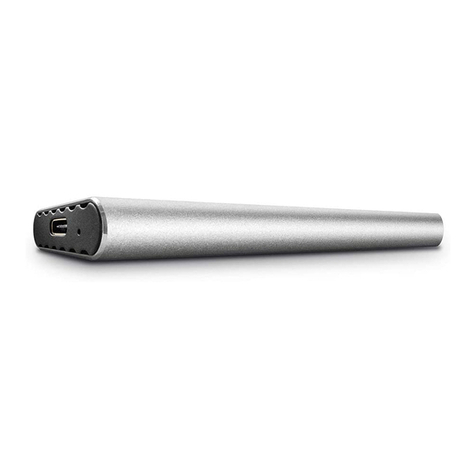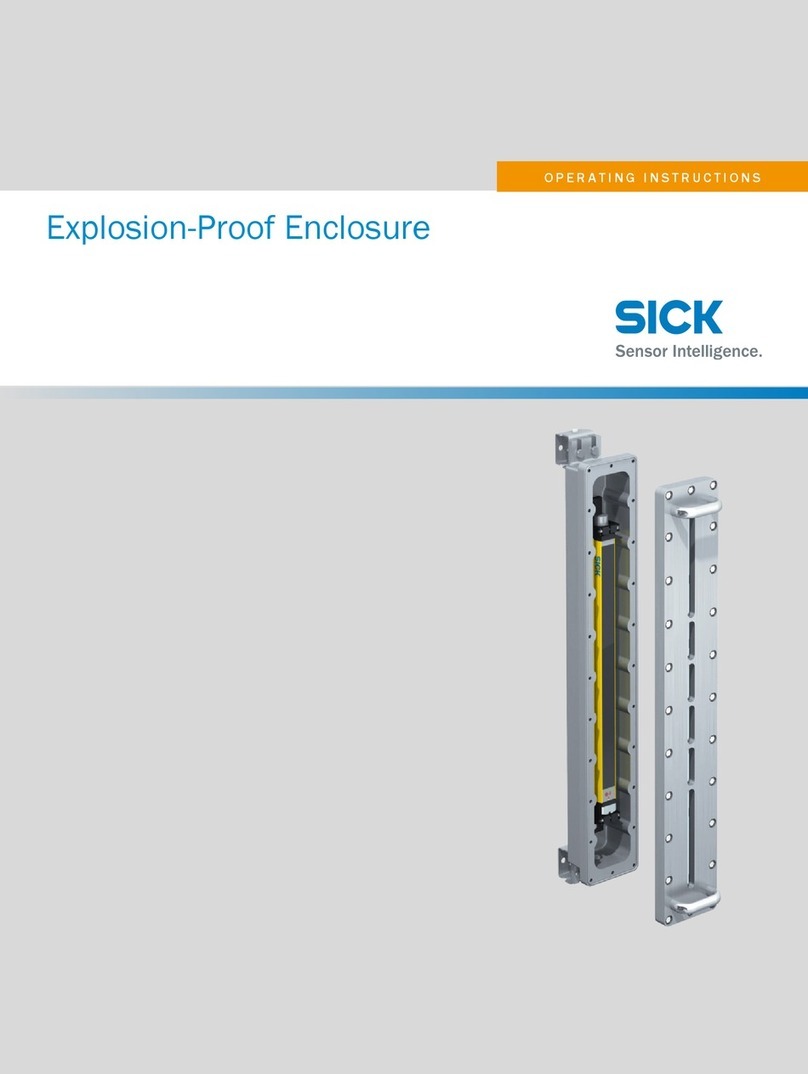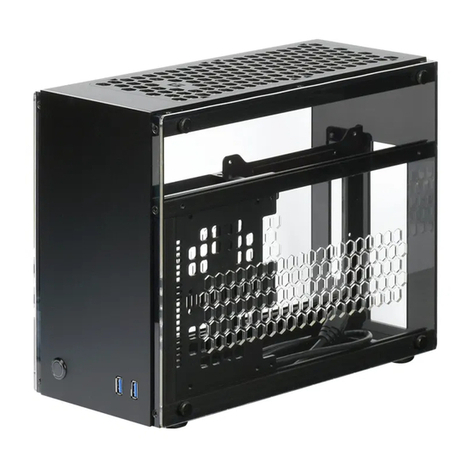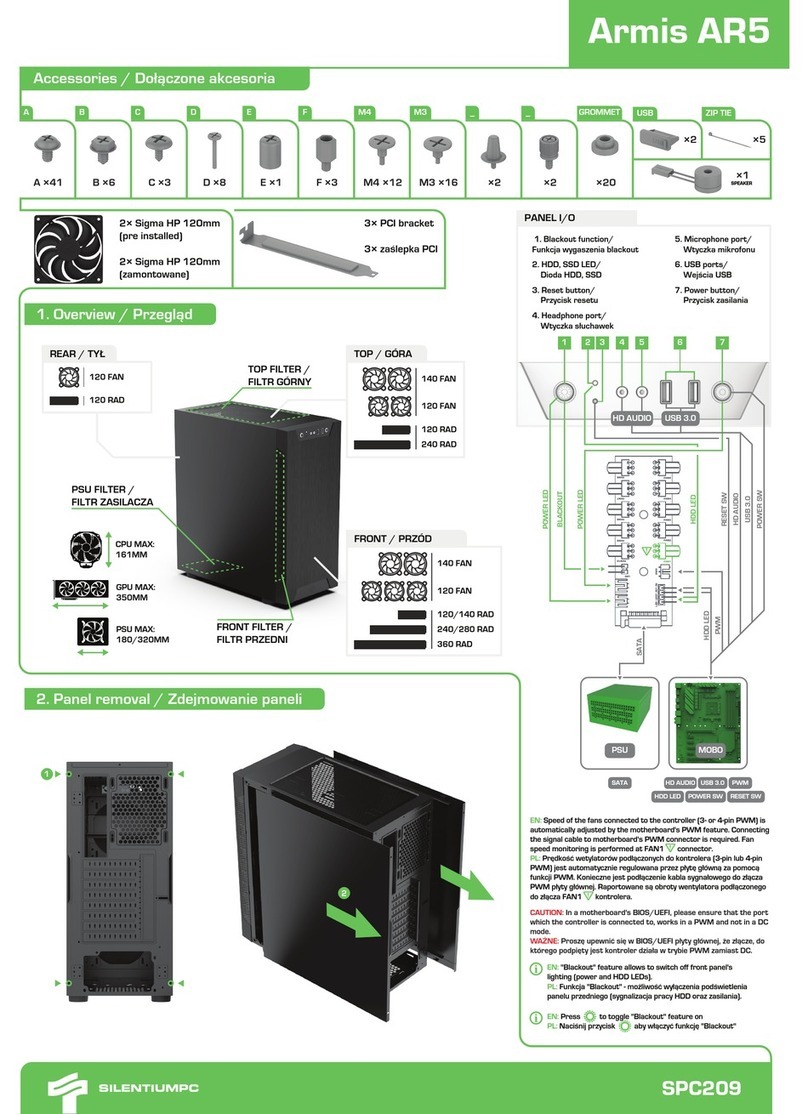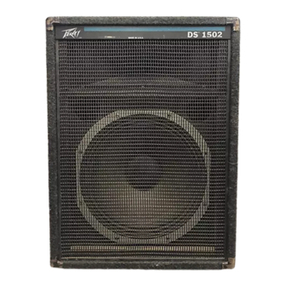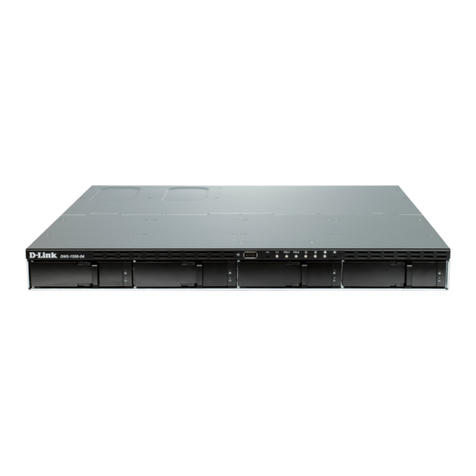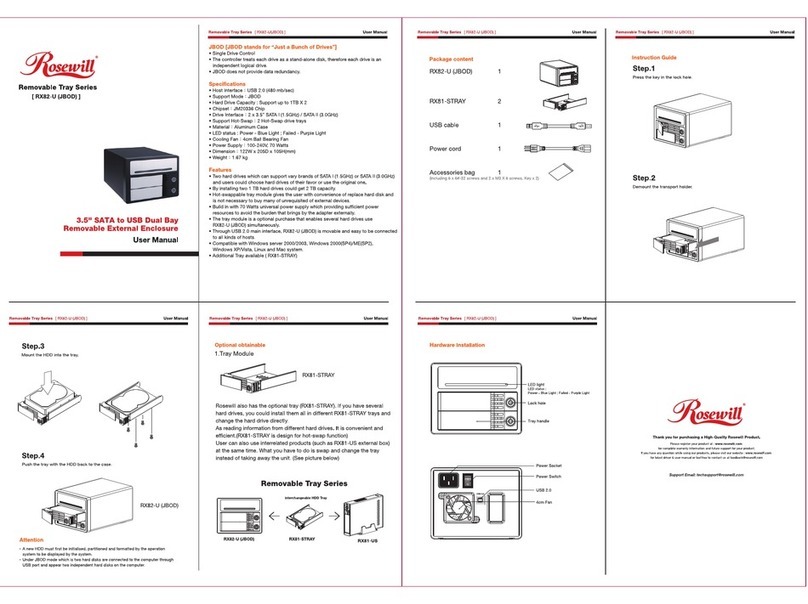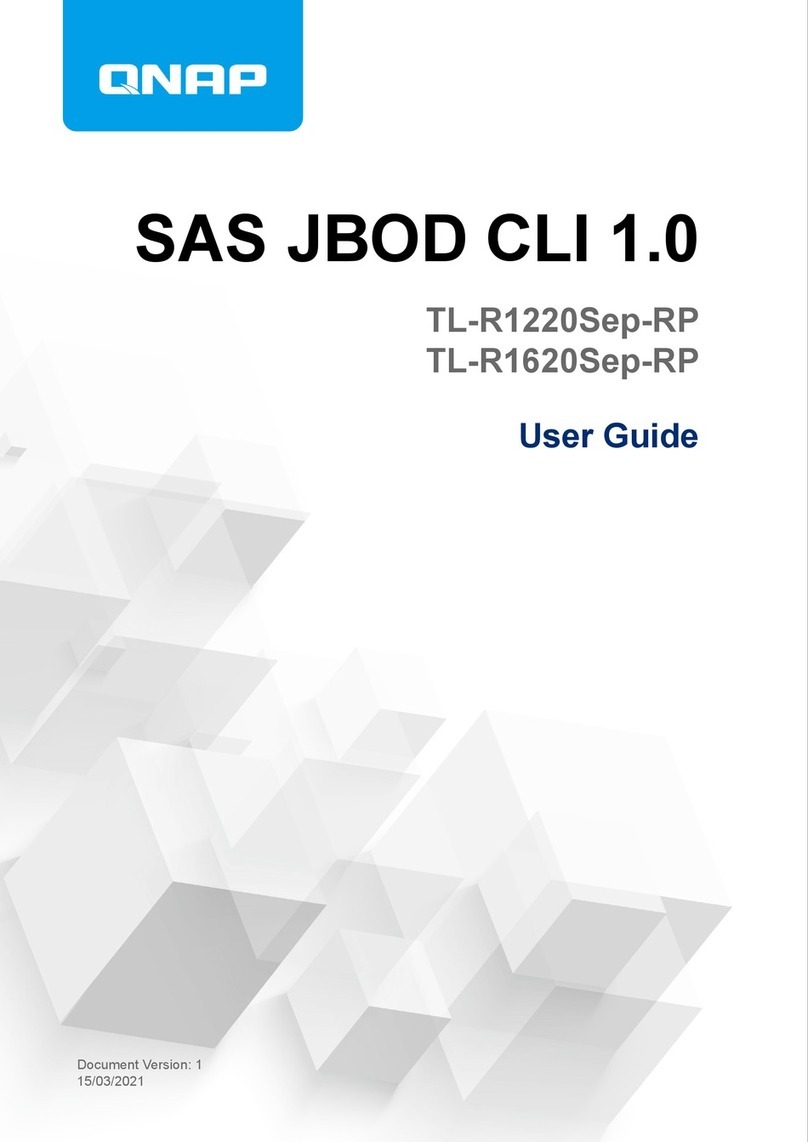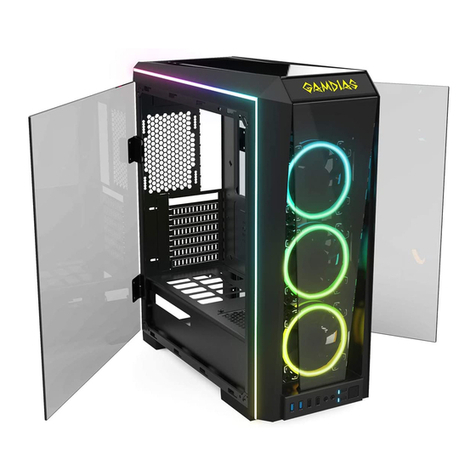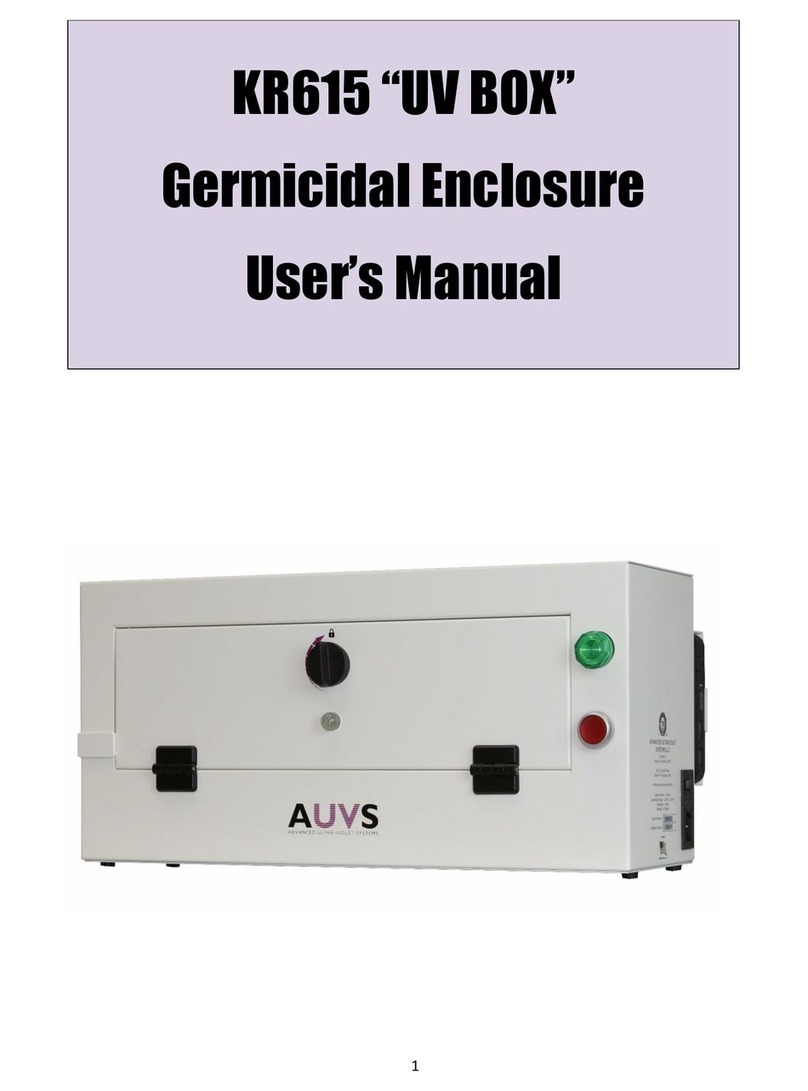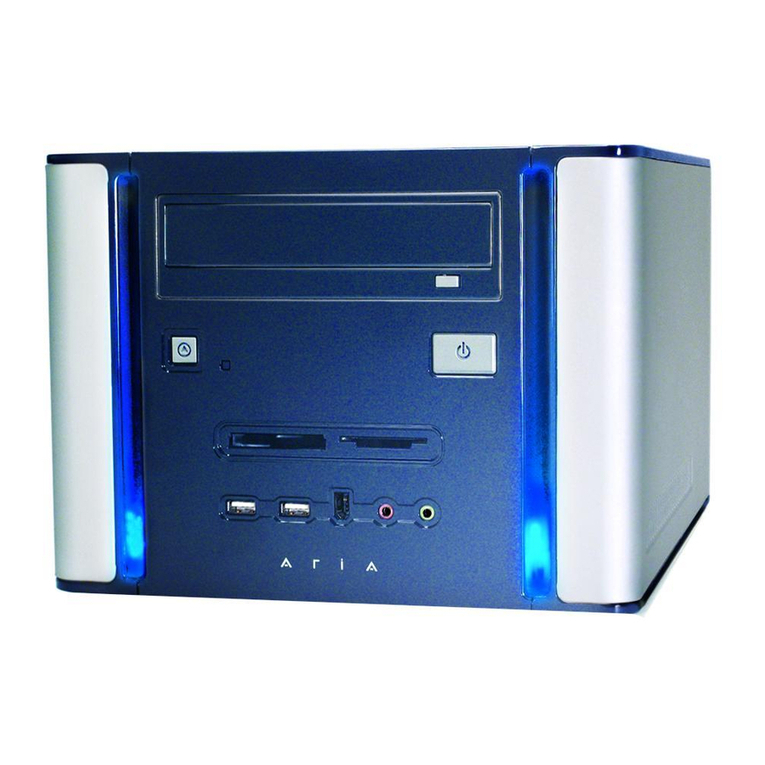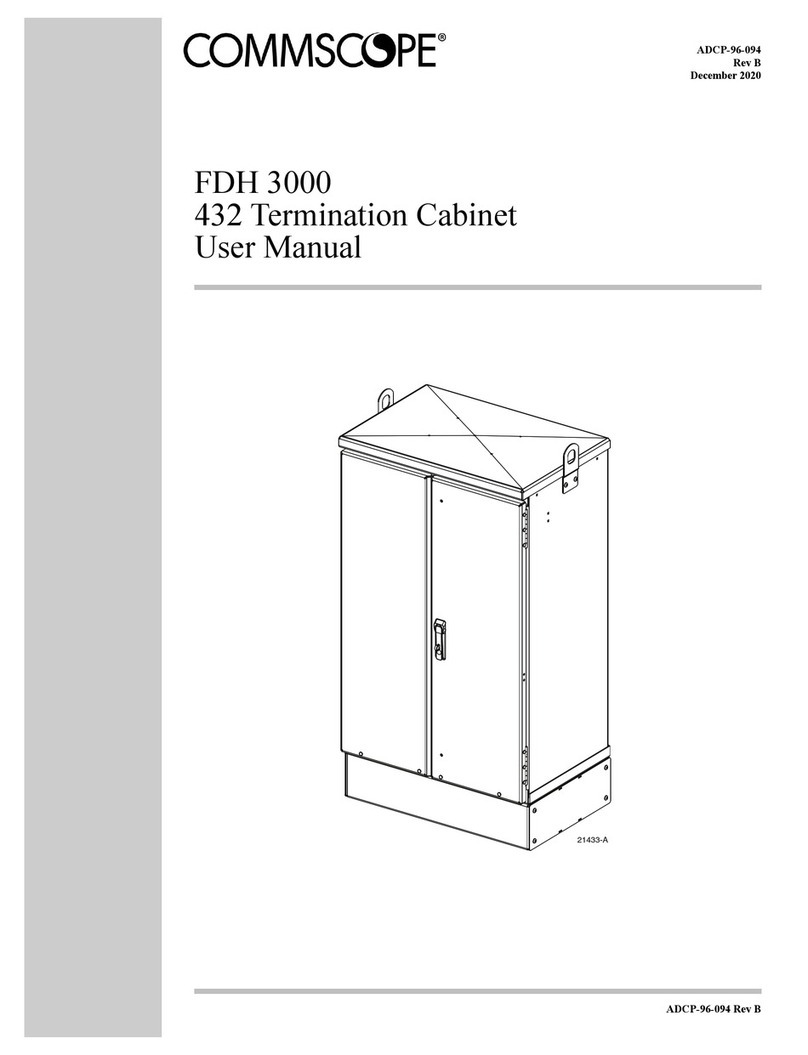
2
EN
EN
EN
EN
EN
EN
EN
EN
EN
EN
EN
EN
EN
EN
EN
EN
EN
EN
EN
EN
EN
EN
EN
EN
EN
Terminal Box
Series 8150/1, Series 8150/2
Contents
1 General Information ............................................................................................3
1.1 Manufacturer .......................................................................................................3
1.2 About these operating instructions ......................................................................3
1.3 Further documents ..............................................................................................3
1.4 Conformity with standards and regulations .........................................................3
2 Explanation of the symbols .................................................................................4
2.1 Symbols in these operating instructions .............................................................4
2.2 Symbols on the device ........................................................................................4
3 Safety ..................................................................................................................4
3.1 Intended Use .......................................................................................................4
3.2 Personnel qualification ........................................................................................4
3.3 Residual risks ......................................................................................................5
4 Transport and storage .........................................................................................7
5 Product selection, project engineering and modification .....................................7
5.1 Additional through holes in flange plates ............................................................8
5.2 Additional through holes in the enclosure ...........................................................9
5.3 External attached components (cable entries, stopping plugs, breathers) .......11
5.4 Internal built-in components (conductors, terminals, fuses) ..............................12
6 Mounting and installation ..................................................................................15
6.1 Mounting/dismounting, operating position ........................................................15
6.2 Installation .........................................................................................................16
7 Commissioning .................................................................................................19
8 Maintenance, overhaul, repair ..........................................................................19
8.1 Maintenance .....................................................................................................19
8.2 Maintenance .....................................................................................................19
8.3 Repair ...............................................................................................................19
9 Returning the device .........................................................................................20
10 Cleaning ............................................................................................................20
11 Disposal ............................................................................................................20
12 Accessories and Spare parts ...........................................................................20
13 Annex A ............................................................................................................21
13.1 Technical data ...................................................................................................21
14 Annex B ............................................................................................................23
14.1 Dimensions / fastening dimensions ..................................................................23
